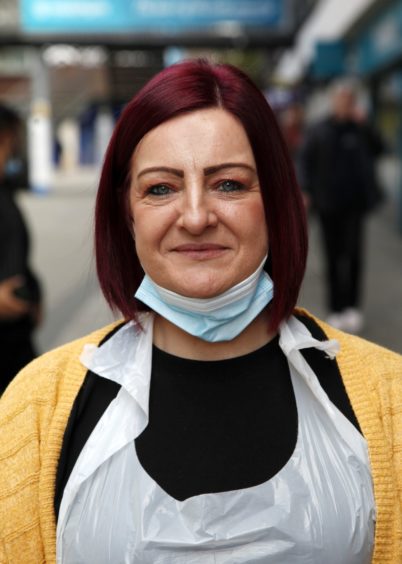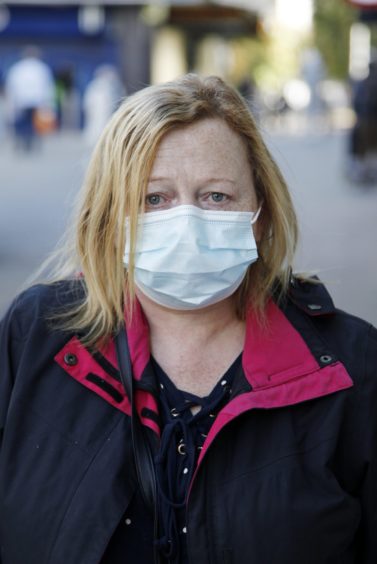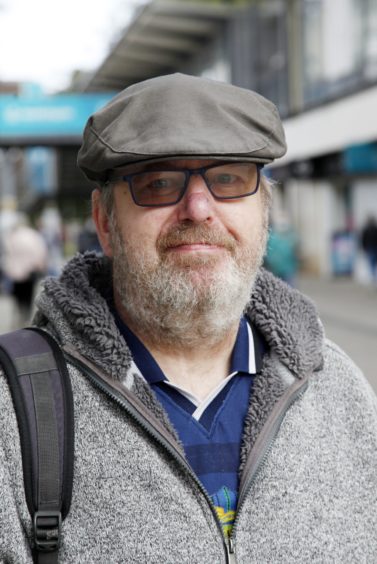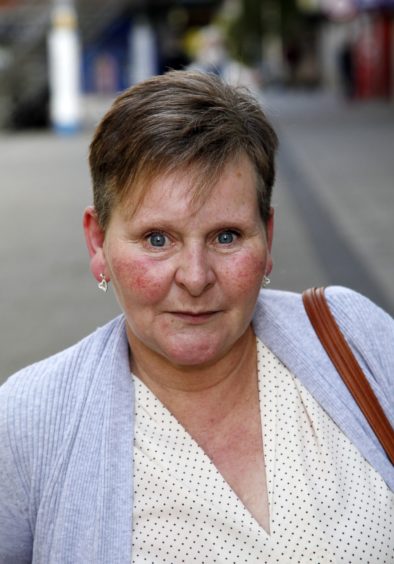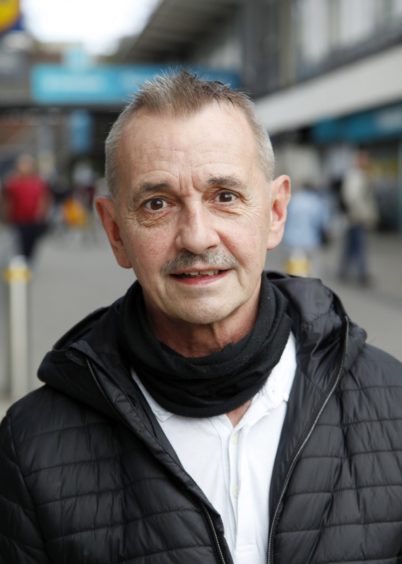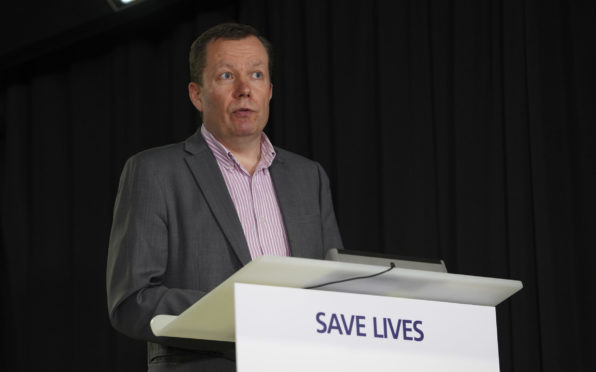
It has become part of our everyday lives, the repeated urging to remember the FACTS, the Scottish Government’s public health acronym.
But, after an entirely unscientific survey, it would appear the fact is most of us don’t have a clue what it means.
And, as new lockdown measures take effect, academics and public relations experts fear the Scottish Government’s awareness campaign on coronavirus is not memorable enough.
First Minister Nicola Sturgeon’s initiative – accompanied by the acronym FACTS – is to remind people of how they can keep safe.
National clinical director professor Jason Leitch fronted a TV campaign to explain FACTS, with Scots urged to remain careful.
FACTS stands for: Face coverings in enclosed spaces; Avoid crowded places; Clean your hands and surfaces regularly; Two-metre distancing; Self-isolate if you have symptoms.
However, now some restrictions have been reintroduced, influencers and academics are concerned the message is missing the mark.
Michael Kelly is credited with launching one of Scotland’s most memorable marketing campaigns.
The former Lord Provost of Glasgow was hailed for his drive to improve the city’s image in the 1980s under the slogan “Glasgow’s Miles Better”. He went on to run his own successful PR firm. Mr Kelly said he did not envy anyone tasked with creating snappy public awareness slogans around coronavirus.
“I have a lot of sympathy for anyone asked to design a campaign like this as it is a very challenging situation,” he said. “I wouldn’t fancy having to do it. Friends and family tell me they are confused by the rules and ask me all the time what they are.
“I often have to tell them that I simply don’t know because the advice can change so quickly. Perhaps the FACTS campaign could have been a bit less wordy and easier to take in. It might have been better to concentrate on reinforcing the importance of three things – masks, hand-washing and social distancing.
“Any more than that then it is hard for people to retain the information.”
John Morrison, managing director of leading PR company Morrison Media, said he believed that while Nicola Sturgeon and her team is doing a good job with much of its messaging, the FACTS campaign had fallen flat.
“The situation is now so complicated that it’s very difficult to come up with an easily understood, catchy phrase,” he said. “For me, FACTS doesn’t work because it uses too many letters, with too many words behind them. It’s not memorable because it’s too complicated.
“The UK version – Hands, Face, Space – is shorter, catchier and has the power of threes. But I’m not sure if it conveys the seriousness of the situation either.”
The UK Government’s messaging has also previously been criticised for being too vague. PR industry leaders have said they are perplexed by the “ambiguity” of some of the communications coming from Westminster.
Dr Alenka Jelen, public relations expert and senior lecturer at Stirling University, has been researching the reaction of influencers in Europe to the UK and Scottish Government’s public awareness drives.
She said that while Nicola Sturgeon has gained a lot more respect overseas than Prime Minister Boris Johnson for her daily briefings, there perhaps wasn’t even a need for separate slogans aimed at Scots.
“Nicola Sturgeon talks of unity, love and kindness, while Boris tends to warn about the consequences of breaking the rules,” she said. “The Scottish Government has been far more consistent and effective with its messaging than Westminster but maybe the FACTS campaign isn’t even needed as there are enough confusing slogans out there already.
“I know what the principals are behind FACTS but it is too difficult to remember what it stands for. It might be more effective to not have any acronym at all and instead just simply promote the main common sense principals of staying safe.”
The Scottish Government said: “As the First Minister has said, we are reinforcing the central importance of the FACTS advice though targeted traditional and social media. Keeping to all these rules isn’t easy – but they remain the best way for all of us to protect ourselves, each other, the NHS and ultimately save lives.”

Enjoy the convenience of having The Sunday Post delivered as a digital ePaper straight to your smartphone, tablet or computer.
Subscribe for only £5.49 a month and enjoy all the benefits of the printed paper as a digital replica.
Subscribe
